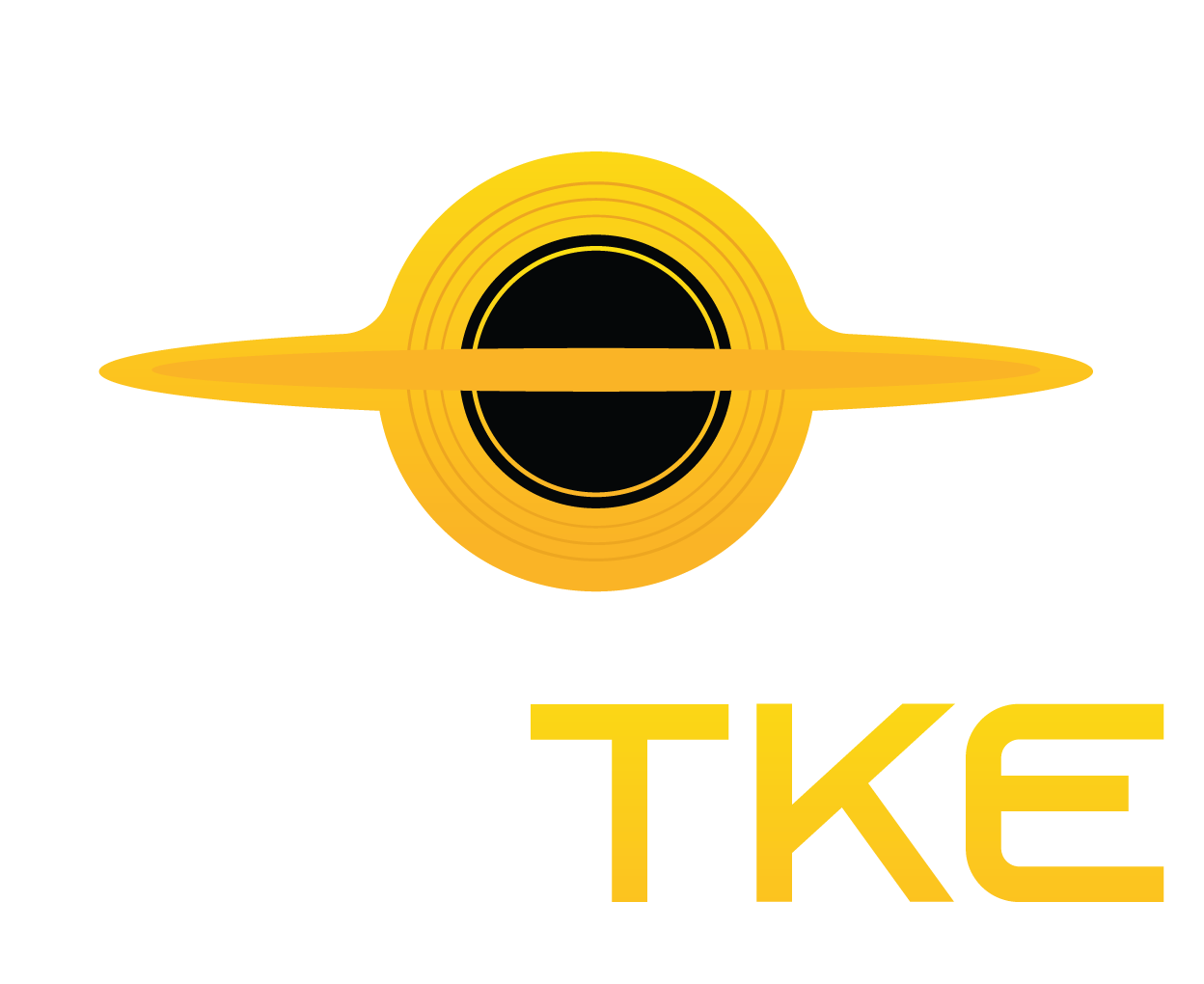The occurrence of surprise can be attributed to an unforeseen alteration in the chemical makeup of the brain.
Credit: Andriy Onufriyenko/Getty ImagesA recent study published in the journal Nature suggests that when we experience surprise, our brains are more likely to be attentive. Researchers, from the Massachusetts Institute of Technology, discovered that a hormone called noradrenaline can impact brain activity and behavior in response to unexpected events. Noradrenaline is one of several chemicals...










